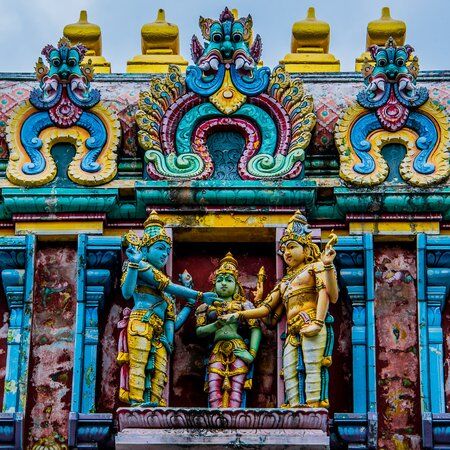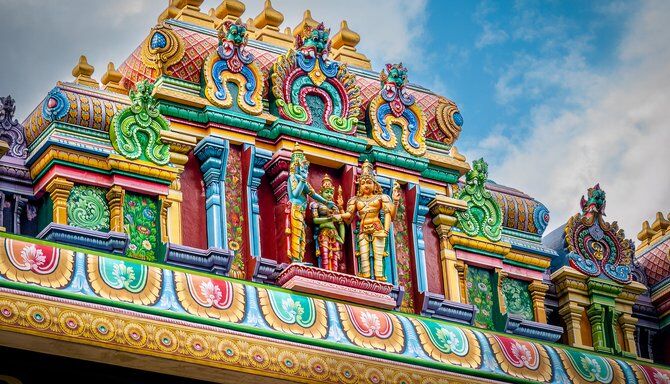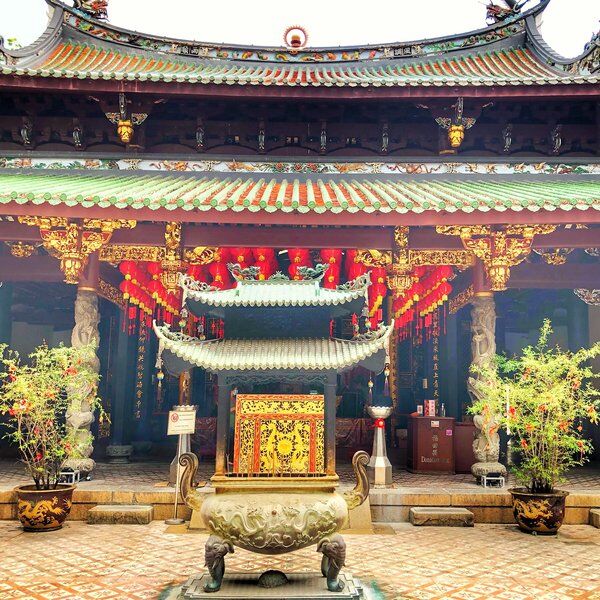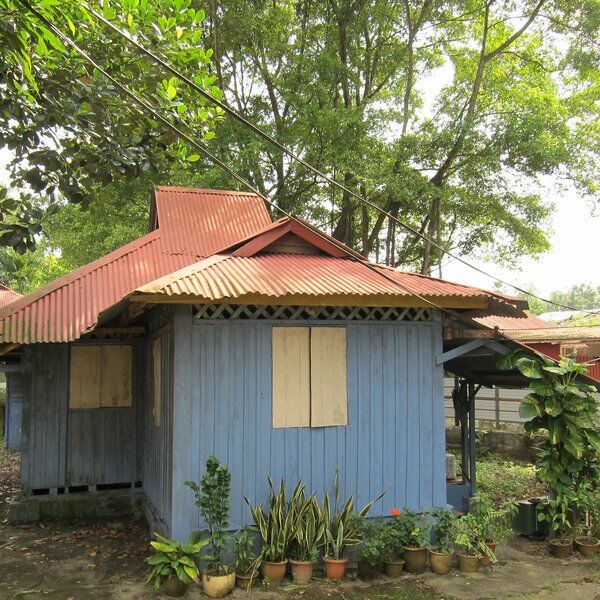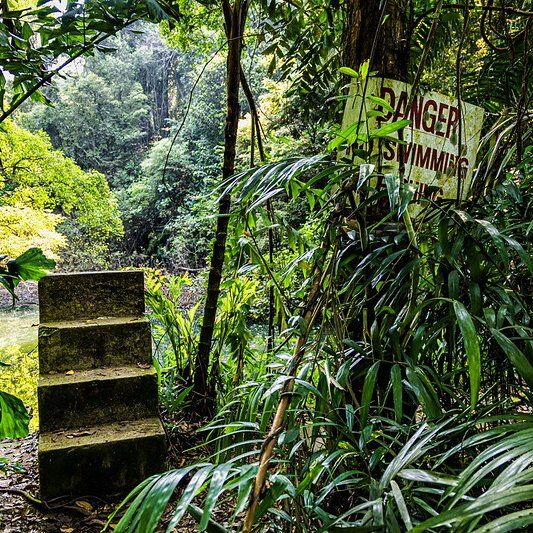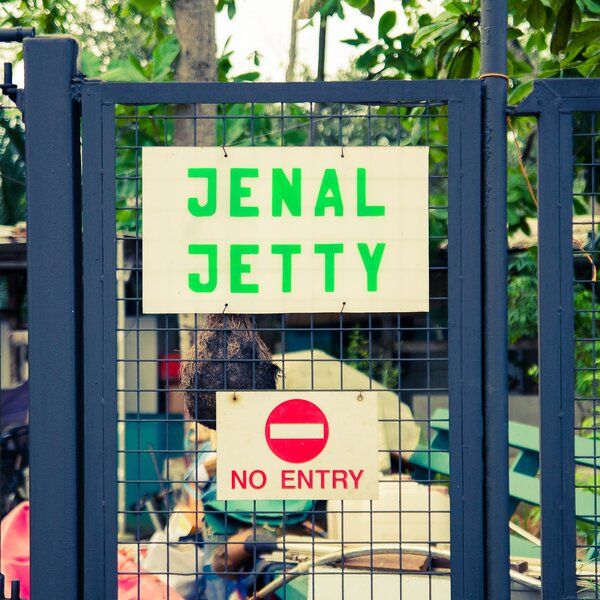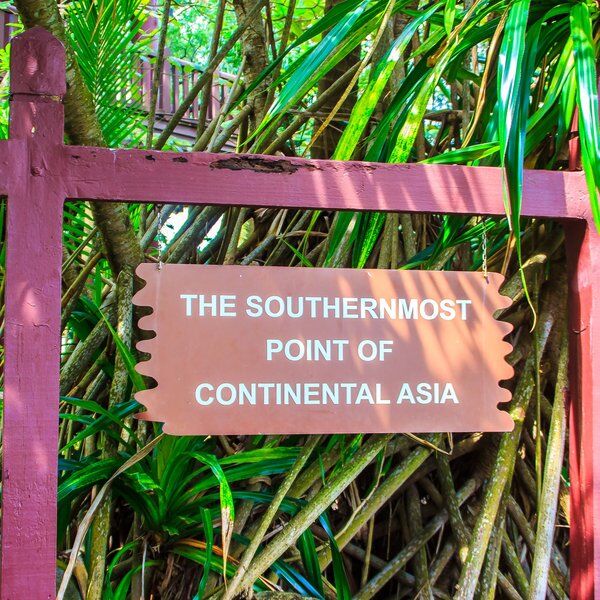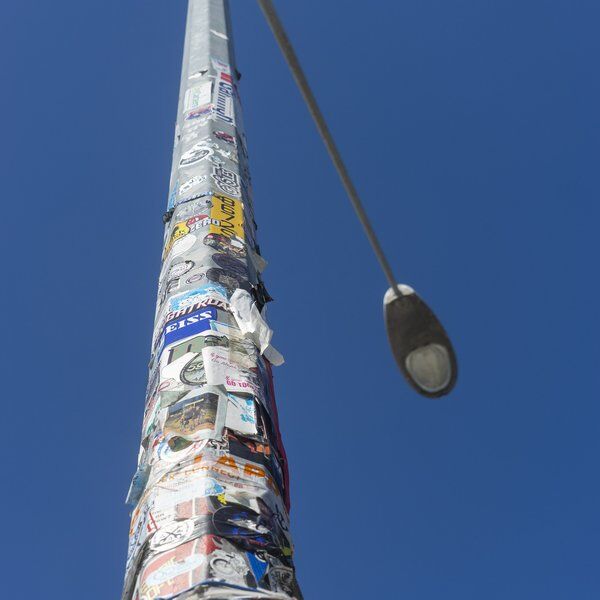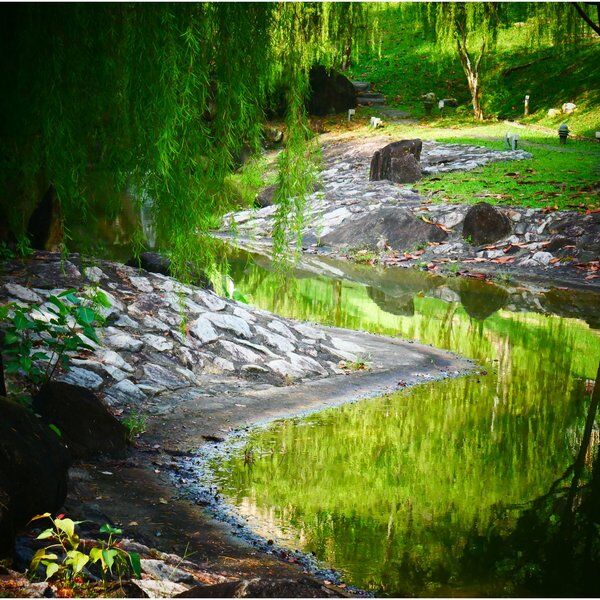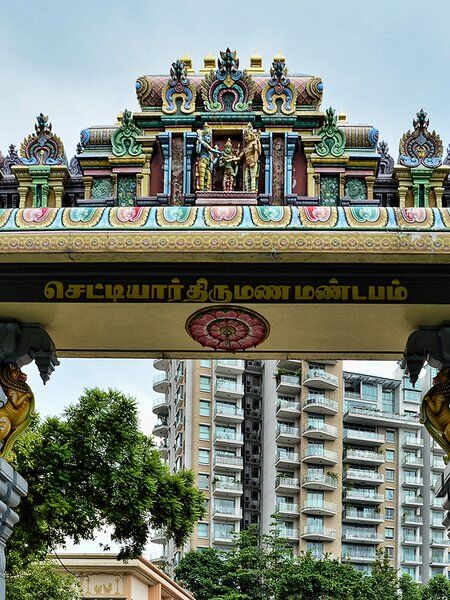
Discovering Sri Thendayuthapani Temple in Singapore
Sri Thendayuthapani Temple, commonly referred to as the Chettiars' Temple, is one of Singapore's oldest and most treasured Hindu temples, transcending cultural barriers with its popularity amongst people of all races. On 20th October 2014 it became gazetted as a National Monument of Singapore, highlighting its significance.
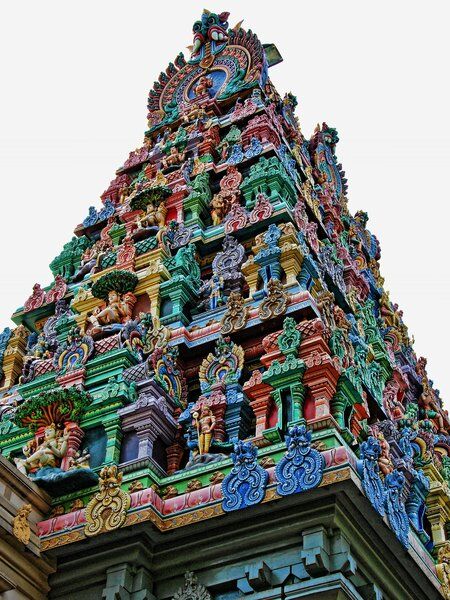
Since its establishment in 1859 the temple has undergone significant renovations, in line with the Hindu Sastras tradition that a temple should be renovated every 12 years. The most recent transformation occurred in 2022 and was overseen by the Chettiars Temple Society (CTS).

The Chettiers of Sri Thendayuthapani Temple
According to the slab stone at the temple’s entrance, Sri Thendayuthapani was established on 4th April 1859 by the Nattukottai Chettiars, who have since been credited with introducing Thaipusam to Southeast Asia. The Chettiars were of Indian origins arriving in Singapore in the 1800s as traders, merchant bankers, and financiers.
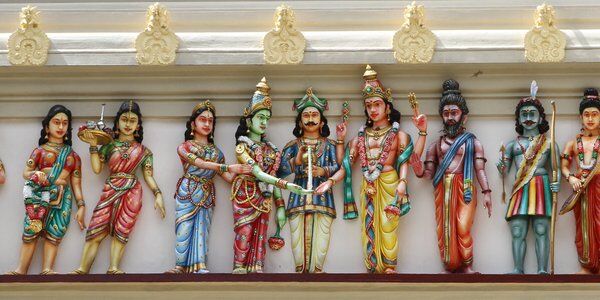
Sri Thendayuthapani provided a sanctuary for the Chettiar community from which they could build their business networks and begin providing loans to the community. Today, the temple continues to act as a social and commercial hub for the Chettiars.
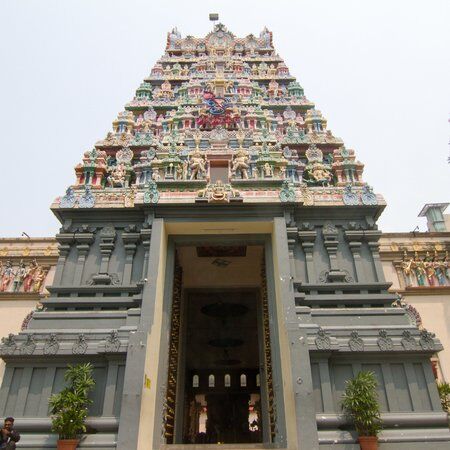
After initially performing as a focal point for the Chettiar community the Sri Thendayuthapani began to welcome Hindu’s from all backgrounds. The temple's initial worship was centred around a Vel (spear) representing Lord Muruga. Renovations over the years expanded the temple's structure, with separate sanctums for Lord Sundareswarar and Sri Meenakshi Amman added in 1878. In the following years all other important deities were added.
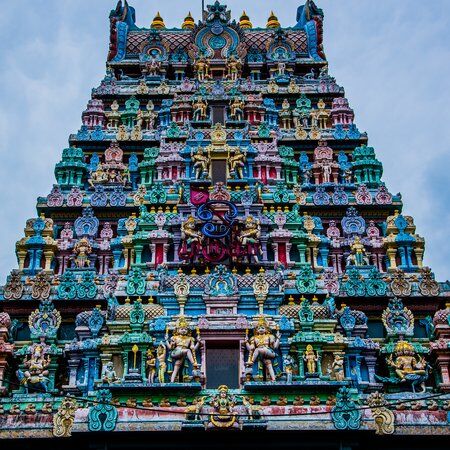
Designing the Sri Thendayuthapani Temple
The Chettiars community purchased the land for the temple from the estate of Mr. Oxley, the first Surgeon General of Singapore. The purchase was strategic as it was positioned alongside a waterfall, where the Chettiars could wash before entering the temple, and a railway line, facilitating transportation to and from Malaya, where the Chettiars had established their businesses. From here Sri Thendayuthapani was built using an architectural framework typical of temples in Southern India.
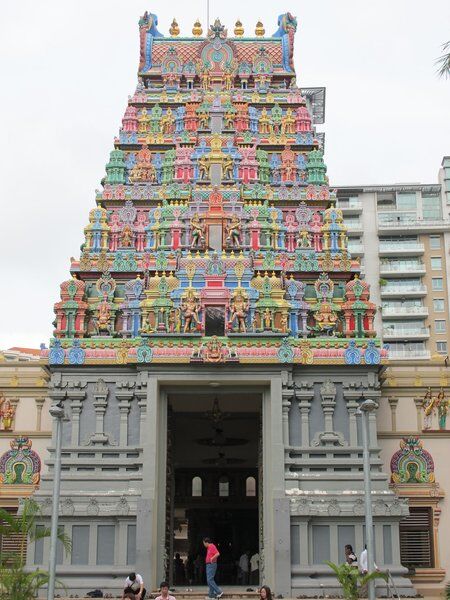
In its original form, the temple was a simple structure with two raised platforms, thinnais, at the entrance, much like those that would feature in Chettiar households in Tamil Nadu, India. It included an alangara mandapam for housing decorated deities during special occasions and an artha mandapam leading to the main sanctum.
There was also a five-tiered Raja gopuram, adorned with finely crafted statues of Hindu deities, which became the tallest temple tower in Southeast Asia. Among its features the Sri Thendayuthapani’s library was a rarity among Hindu temples in Singapore, housing an extensive collection of books spanning over 120 years.
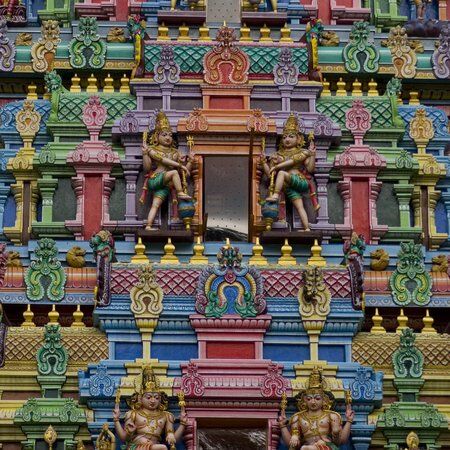
Renewal and Restoration at Sri Thendayuthapani Temple
In the 1970s, a significant reconstruction project was undertaken, primarily funded by the Chettiar community, amounting to around S$3.3 million. Then, in a bid for modernisation in 1981, the temple added a wedding hall, staff quarters, and a towering entrance gate. Again in 2022 a significant renovation occurred, with a budget of approximately S$1 million, the Meenakshi Amman sanctum was reconstructed and the floors and walls were redone.
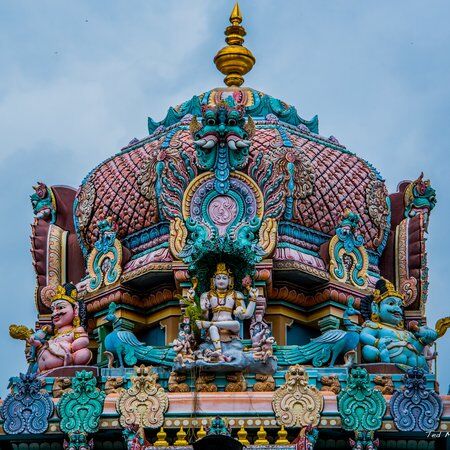
Clearly, renovation has been integral in shaping Sri Thendayuthapani’s history. Renewal and consecration ceremonies, known as Kumbabhishegam, have also played an important role occurring in 1936, 1955, 1983, 1996, 2009, and 2022. The consecration on November 24, 1983, was witnessed by esteemed figures such as former President C. V. Devan Nair and Members of the Singapore Parliament. There was also a consecration in 1996, commemorating Sri Thendayuthapani’s 150th year, and again in 2009.

Thaipusam Festival at Sri Thendayuthapani
Sri Thendayuthapani Temple comes alive during all Hindu festivals, but particularly during Thaipusam. On the eve of Thaipusam, a grand procession takes place where the vigraha of Lord Murugan, the temple’s primary deity, is ceremoniously paraded in a silver chariot from Sri Thendayuthapani to the second Chettiar temple, Sri Layan Sithi Vinayagar Temple.
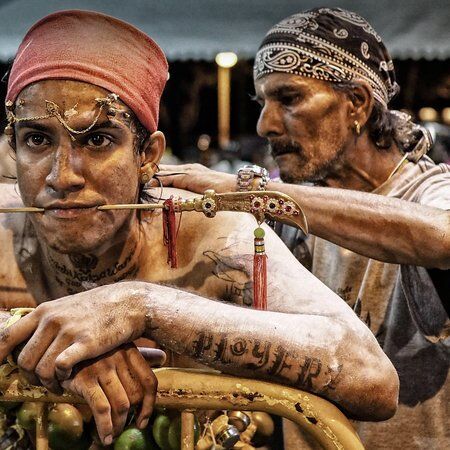
Another procession originates from Srinivasa Perumal Temple, about three kilometres away. The devotees, carrying kavadis adorned with offerings like peacock feathers, will make stops at other Hindu temples along the way. Often members of the procession will pierce their bodies with hooks, spears, and kavadis (spiked steel structures) or carry paal kudams (milk pots) on their heads, as an act of penance and to express their devotion to Lord Murugan. The procession culminates in a spectacle at Sri Thendayuthapani Temple, marking the conclusion of the festival.

If you’re planning on visiting Sri Thendayuthapani Temple, we recommend attending during one of the festivals to experience the captivating energy and cultural richness of the faith. Remember to dress modestly out of respect for the sacred nature of the temple, and feel free to engage with the friendly temple staff to enhance your experience.
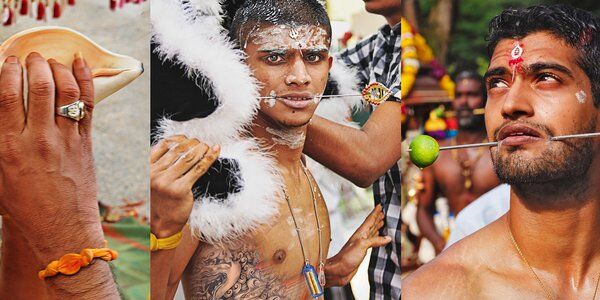
Explore Singapore with CityDays
The fascinating city of Singapore awaits - and there’s no better time to explore it than right now!
CityDays create fun, interesting and challenging trails around the world to help you immerse yourself in a city’s culture, history and quirks. We’ll show you hidden gems, share some fascinating facts and even offer you the chance to win prizes for your brilliance.
We also provide Singapore team building activities to help your colleagues have a seamless day of bonding, learning and fun!
Want to find out more?
Check out all our available activities in Singapore here and embark on an adventure you’ll never forget: CityDays awaits!
